An exhibition at the Carrara Academy on the artistic relationship between Bergamo and Naples in the 17th century
From April 23 to September 1, 2024 Accademia Carrara presents Naples in Bergamo. A Look at the 1600s in the De Vito Collection and in the City, an exhibition that recounts the extraordinary link between Bergamo and Neapolitan painting of the 17th century. The exhibition, curated by Elena Fumagalli with Nadia Bastogi, deals with an unusual theme for the Lombard city, namely the relationship with 17th-century Neapolitan painting, mediated from Venice through enterprising merchants who traded with the Viceroyalty. It was through these avenues that Luca Giordano’s large Red Sea Passage arrived in Bergamo in 1682 to adorn the back wall of the city basilica of Santa Maria Maggiore. Giordano did not, as requested, complete the decoration of the nave: his pupil Nicola Malinconico (1663-1727), who arrived in the city in 1693 and in the space of almost a year also made the main altarpiece for the cathedral and other canvases in a number of churches in the surrounding area, would do so in his place.
To offer visitors an overview of the Neapolitan seventeenth century, Accademia Carrara has formed a partnership with the Giuseppe and Margaret De Vito Foundation(Vaglia, Florence), which was established by a testamentary disposition of the scholar and collector who was Neapolitan by origin but Milanese by adoption. The Foundation, chaired by Giancarlo Lo Schiavo and directed by Nadia Bastogi, is the lender of more than 20 paintings from its collection, illustrating the development of painting in Naples from Battistello Caracciolo (1578-1635) and Jusepe de Ribera (1591-1652) to Massimo Stanzione (1585 circa-1656) and Bernardo Cavallino (1616-1656), to Mattia Preti (1613-1699). Luca Giordano plays the role of hinge between the first and second parts of the exhibition: in the latter, four canvases(Pedrengo, church of Sant’Evasio) testifying to the painter’s Riberia phase and an unpublished youthful work from the deposits of the Accademia Carrara stand out.
The itinerary begins with works by Battistello Caracciolo, Jusepe de Ribera, Massimo Stanzione and the Master of the Announcements to the Shepherds, who combine a naturalism still Caravaggesque with softer, more textural expressions. Of particular interest are the male half-figures depicting philosophers and wise men, by an anonymous Master, which deal with themes such as the vanity of earthly goods and the transience of life, in dialogue with Ribera’s Saint Anthony . With Paolo Finoglio, Antonio De Bellis, Bernardo Cavallino and Andrea Vaccaro, the tone becomes more refined and elegant in both form and painting. The female half-figures of biblical saints and heroines, with their preciousness of dress, ample drapery, and theatrical poses, became subjects in high demand by Neapolitan collectors of the time and also beloved by Giuseppe De Vito.
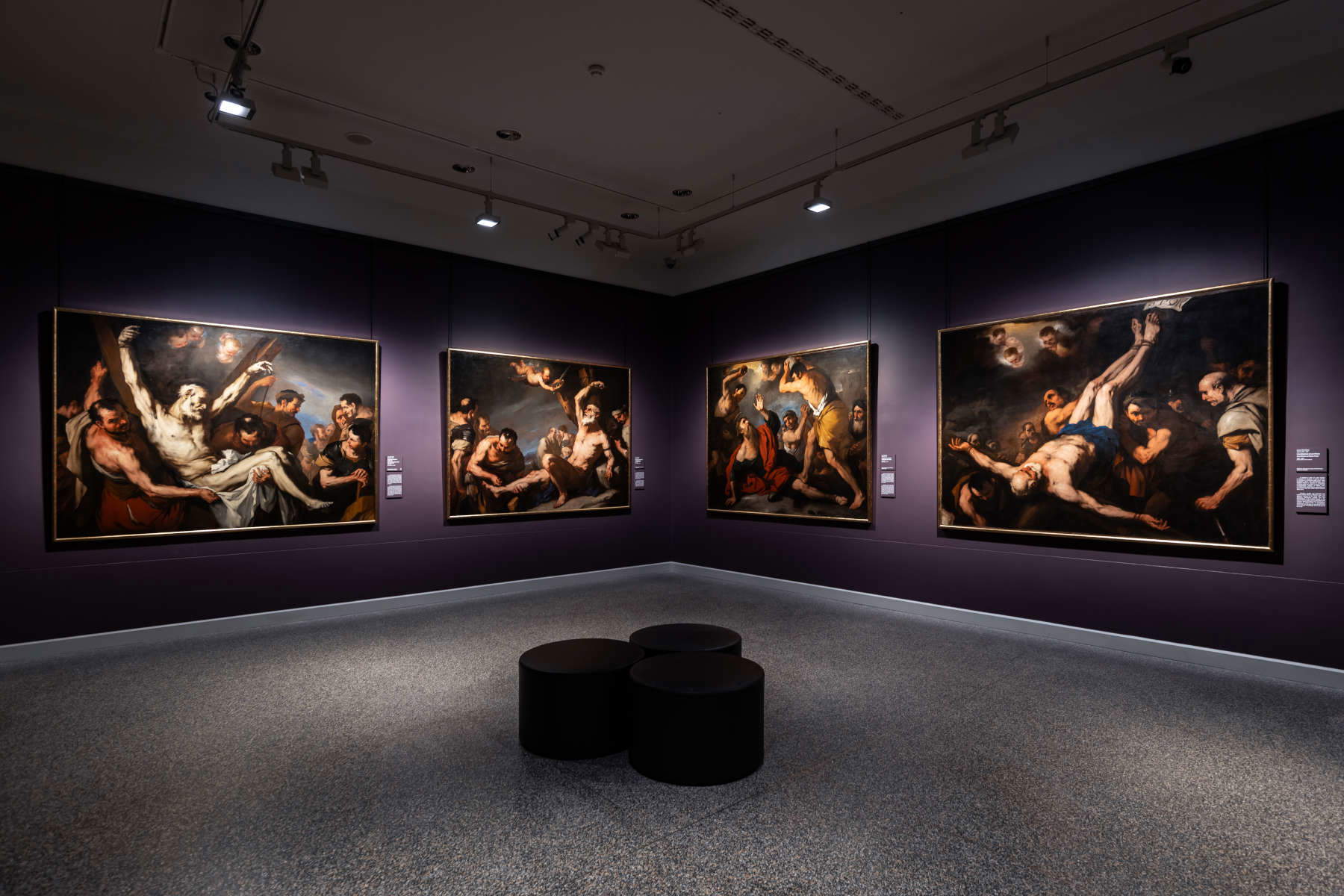
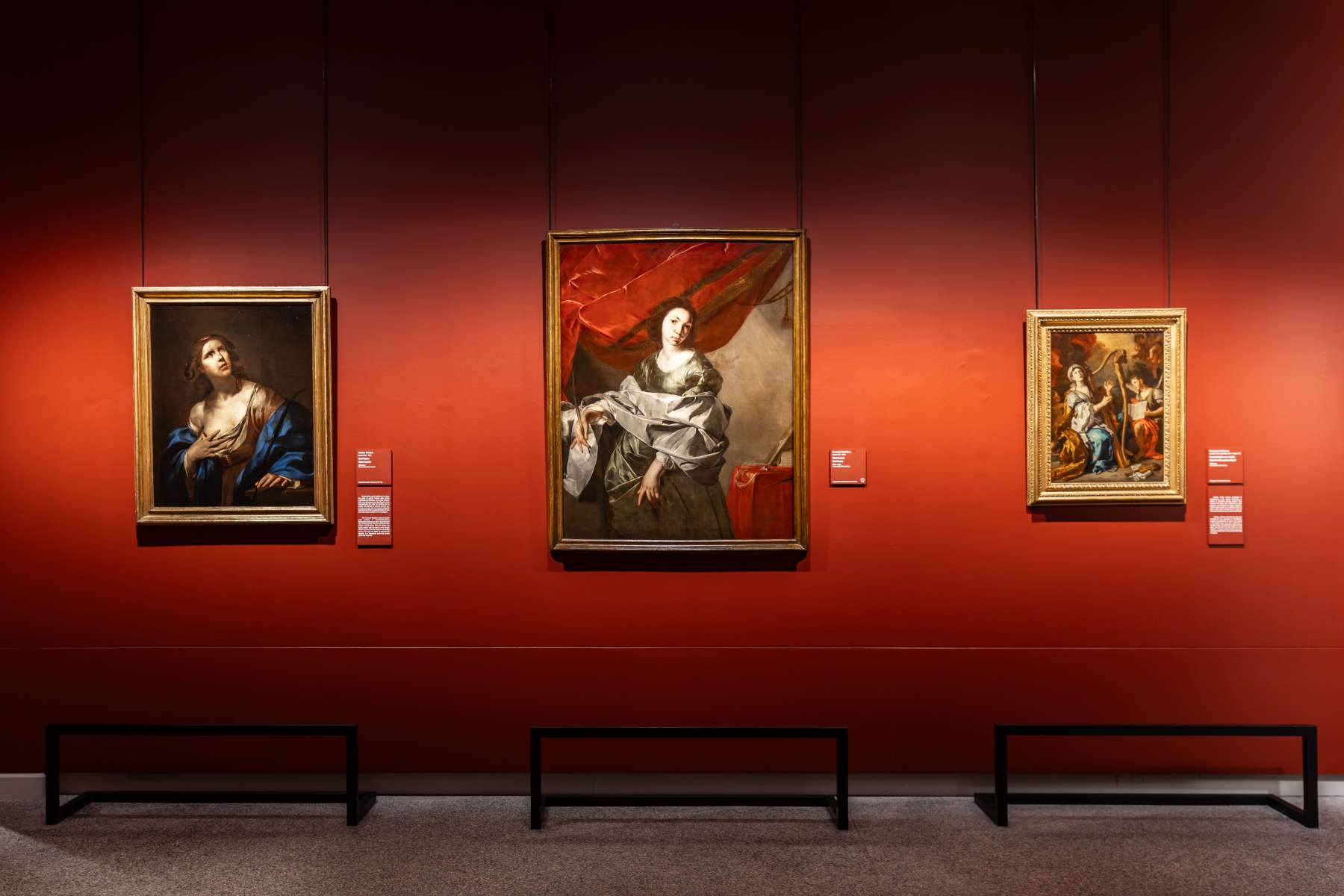
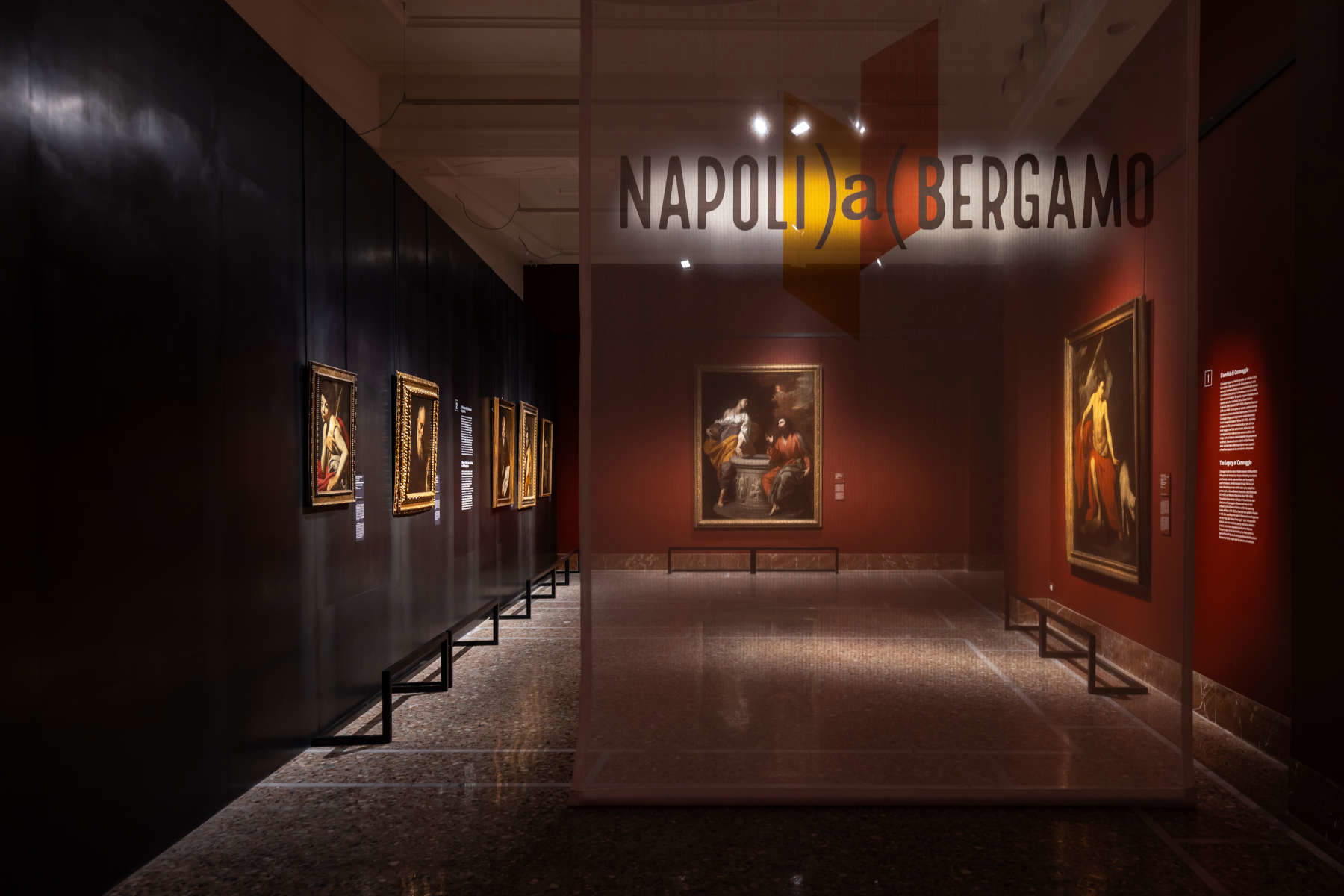
Mattia Preti and Luca Giordano are each represented with a painting from the 1950s and one from the 1970s, highlighting the differences in their artistic paths. It is Giordano, as anticipated, who serves as a bridge to the second part of the exhibition, dedicated to the Neapolitan presence in Bergamo’s land. An entire room is dedicated to him, displaying the four early canvases from Pedrengo, depicting martyrdom scenes, known only to experts and presented to the public for the first time in a museum context, along with the previously unseen Crowning with Thorns from the Carrara Academy. The four paintings on public display for the first time, usually kept in the church of Sant’Evasio in Pedrengo, constitute one of the highlights of the Naples in Bergamo exhibition. This is due not only to their uniqueness in being able to admire them outside the apse of the church, usually difficult to access, but also because of the exceptional pictorial quality of Luca Giordano, who, although still in the early stages of his artistic career, reaches here one of his peaks. The Stoning of St. Paul, the Martyrdom of St. Bartholomew, the Martyrdom of St. Andrew, and the Martyrdom of St. Peter, dated around 1660-1665, are powerful examples of painting in which the dark chromatic tones and strong chiaroscuro contrast bring the artist closer to the style of Jusepe de Ribera. Just prior to the Pedrengo cycle, also an early work by Giordano, is the aforementioned Coronation of Thorns, part of the collection of the Carrara Academy. Thanks to restoration and studies, it has recently been definitively attributed to Luca Giordano and dated to the years 1656-1660. This painting features light and color effects derived from the Venetian tradition and, in its iconographic choices, also testifies to the influence of Nordic graphic art, as in the character showing his tongue and mocking Christ.
Giordano’s large painting depicting the Crossing of the Red Sea and the Gratitude of the Israelites, intended for the Bergamasque basilica of Santa Maria Maggiore and sent to Bergamo via Venice in 1682, is evoked in the exhibition through a projection and the “small-scale” version created by Antonio Cifrondi. The Neapolitan master was supposed to complete the decoration of the nave of the Bergamo church, but after a decade of delays, he finally left for Spain. Through the intermediary of Venetian merchant Simone Giogalli, his agent for nearly two decades, a pupil of Giordano’s, Nicola Malinconico, arrived in Bergamo in 1693. A final room of the itinerary is dedicated to him, presenting his activity in the area through works traced in Bergamo churches along with loans from the Pinacoteca di Brera and the Museo Gaetano Filangieri in Naples.
The catalog is published by Skira.
For all information, you can visit the official website of the Carrara Academy.
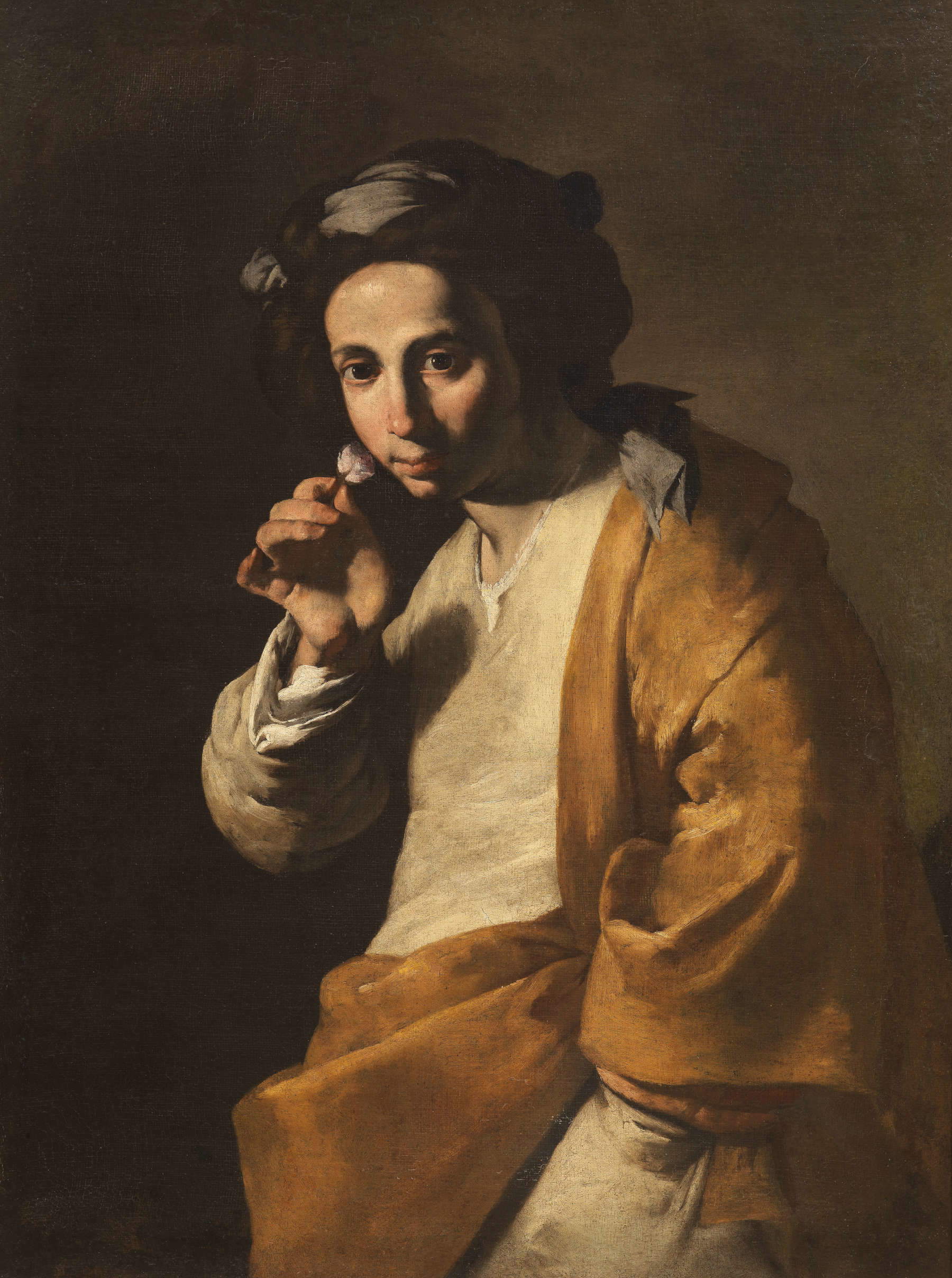
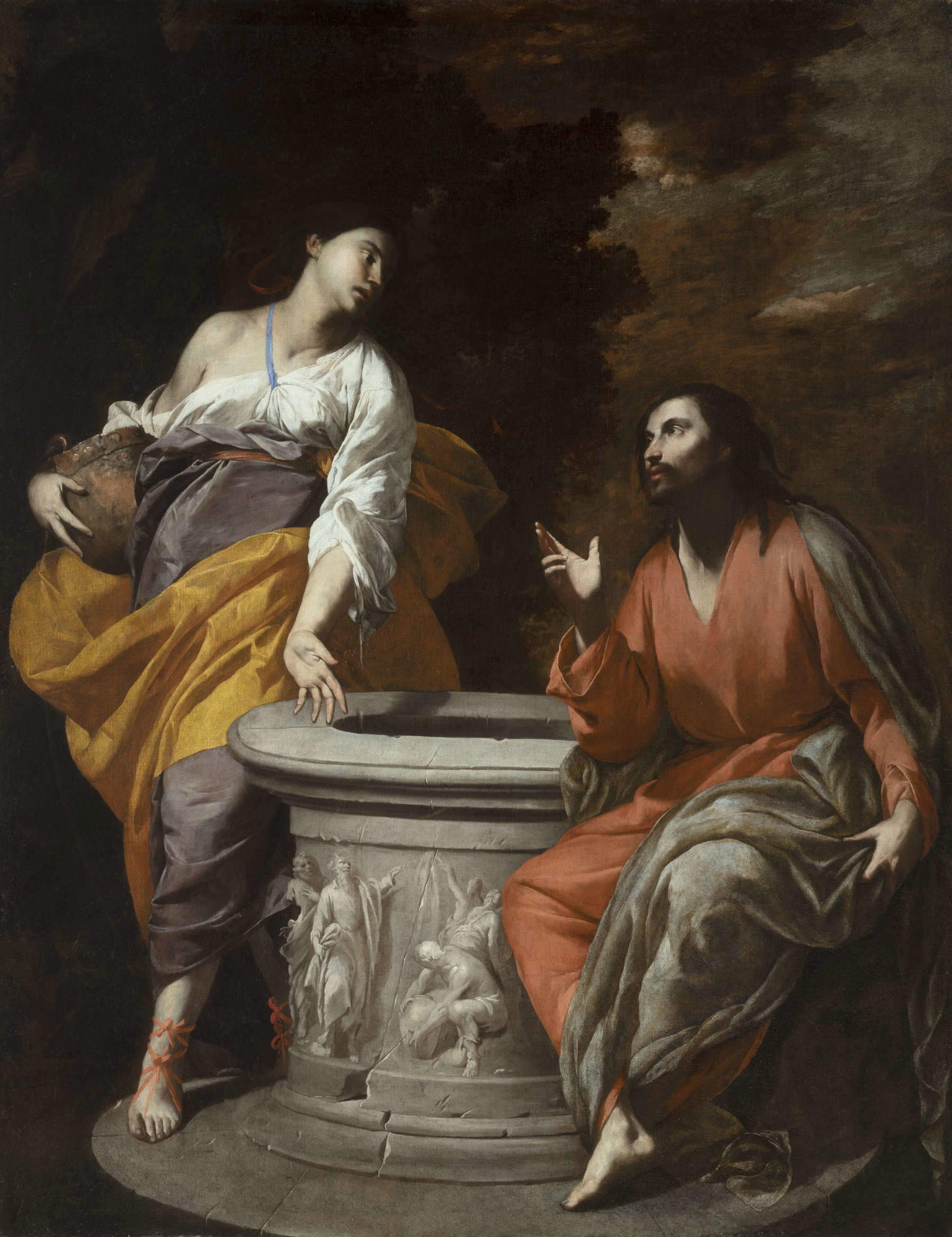
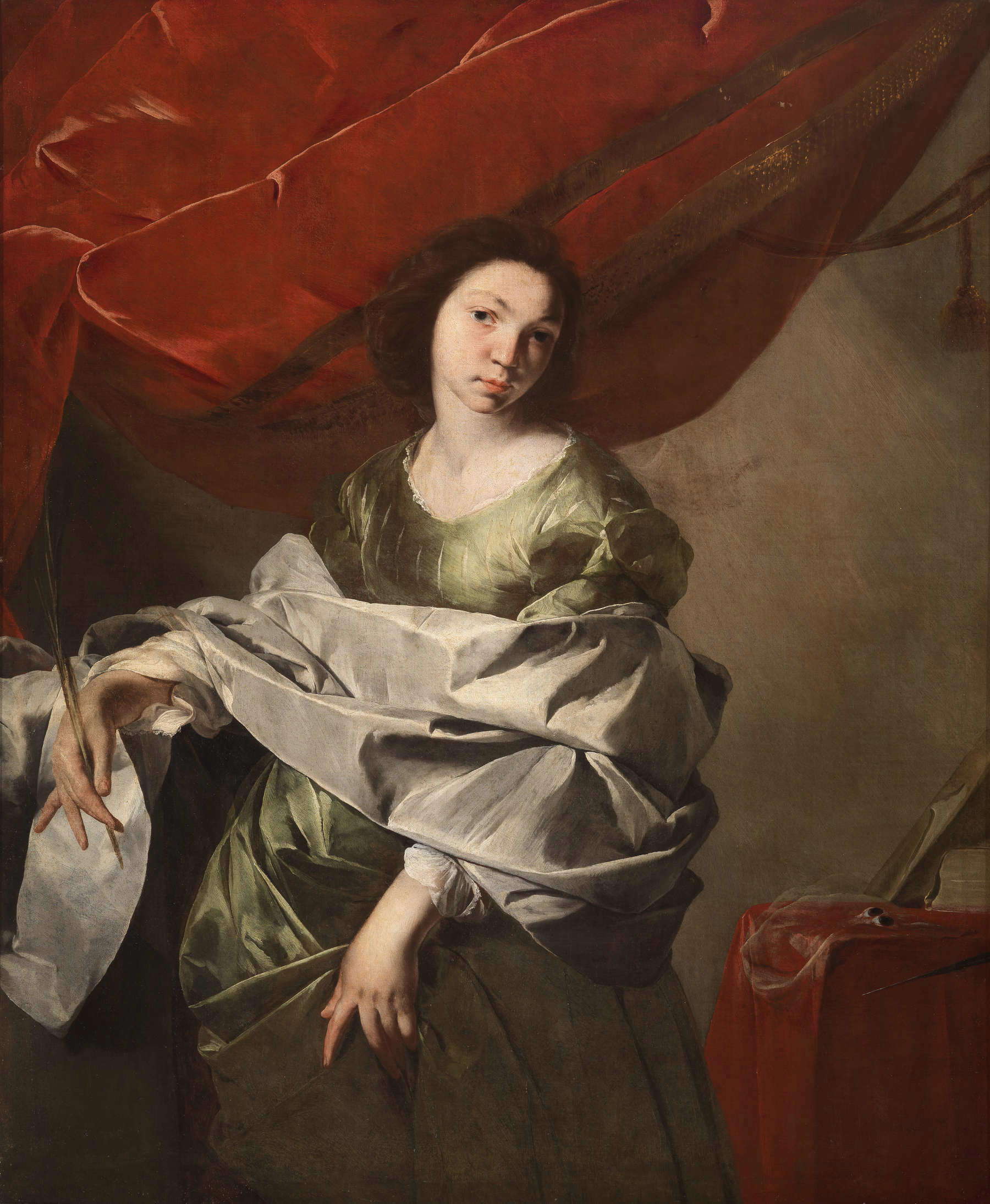
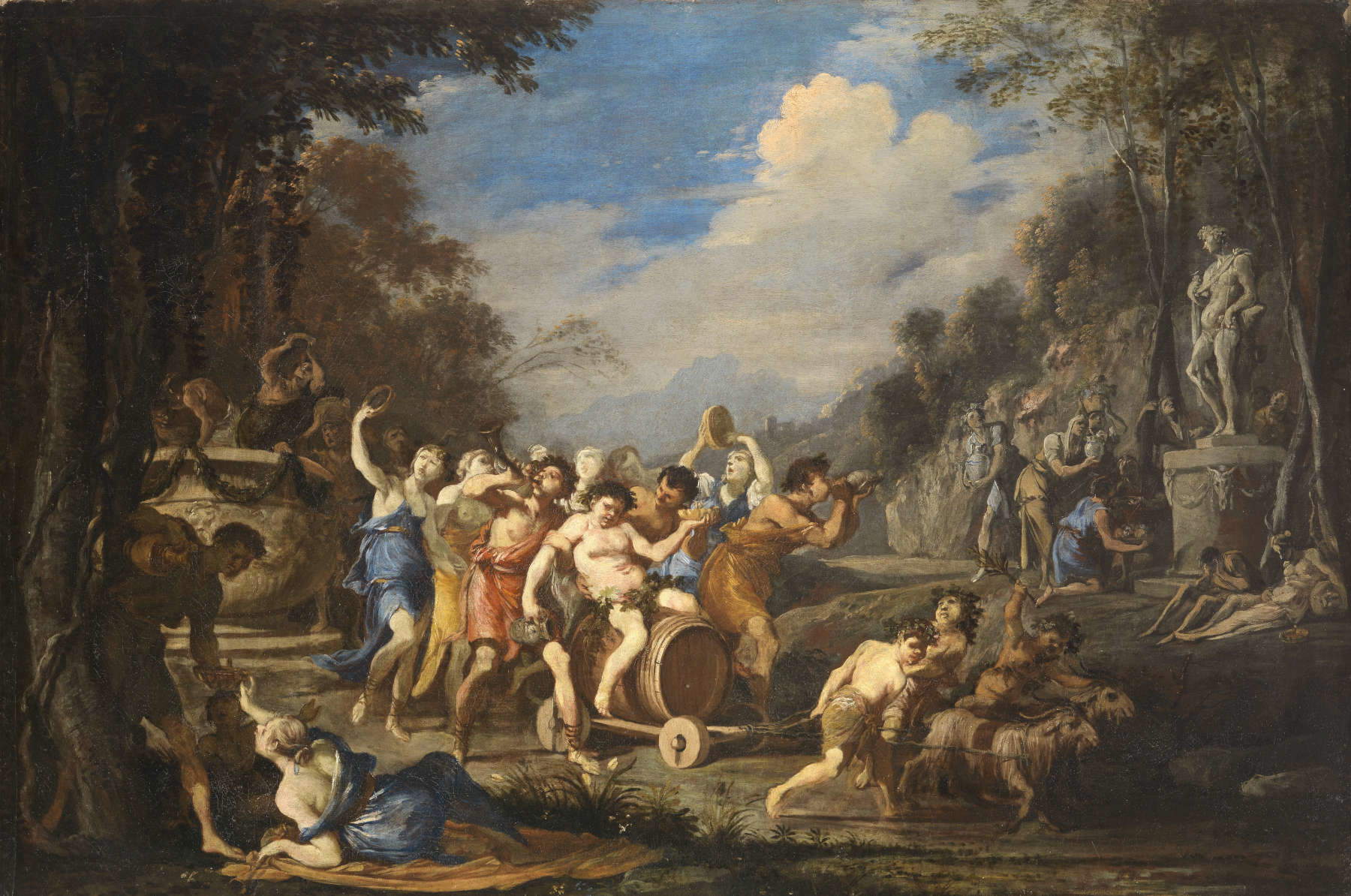
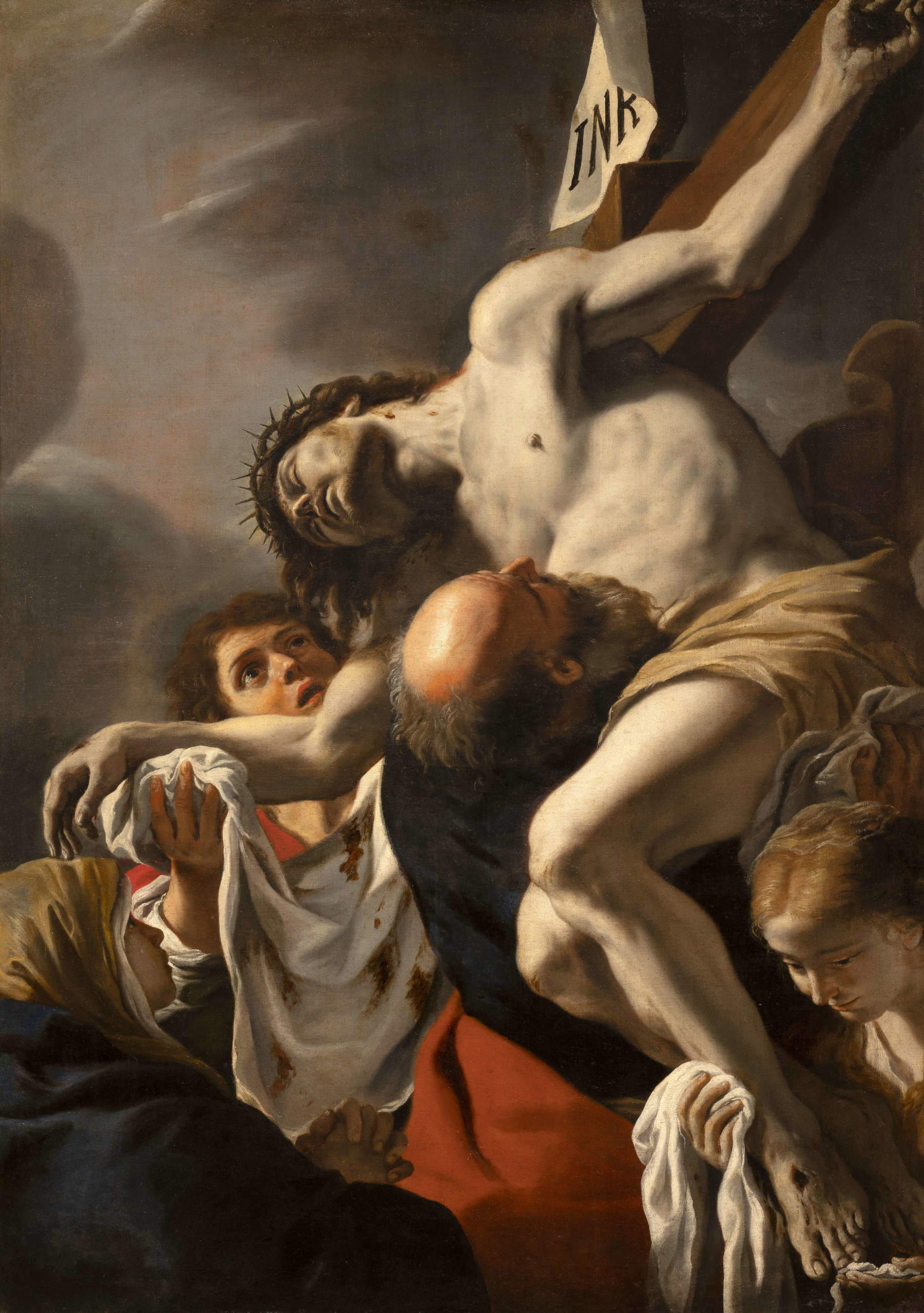
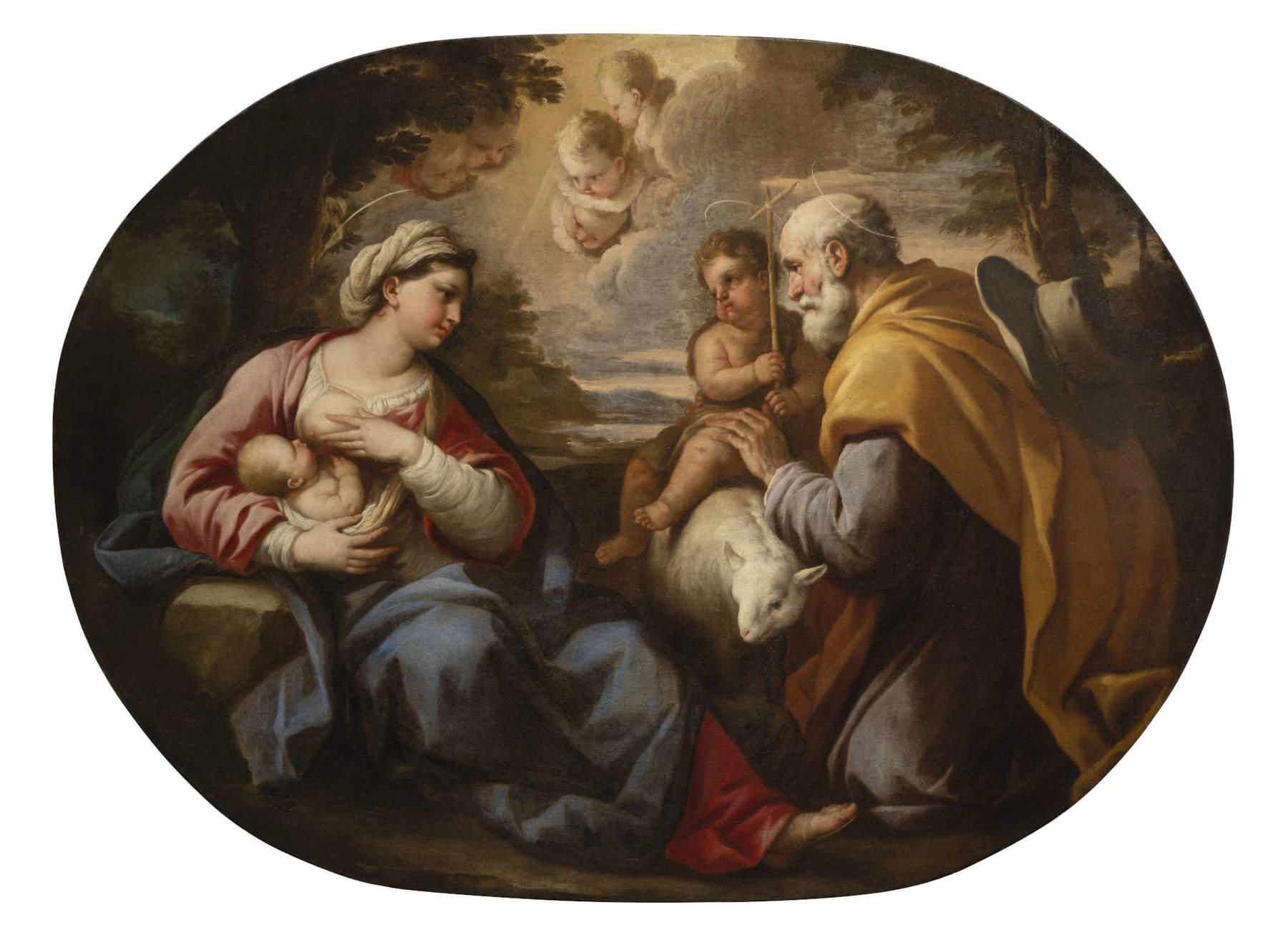
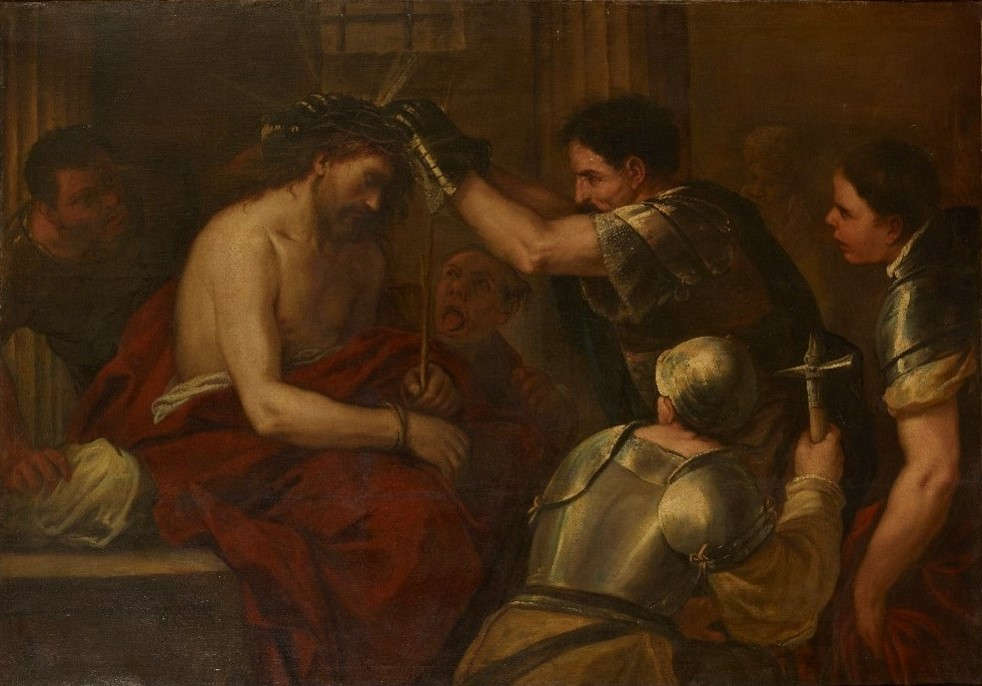
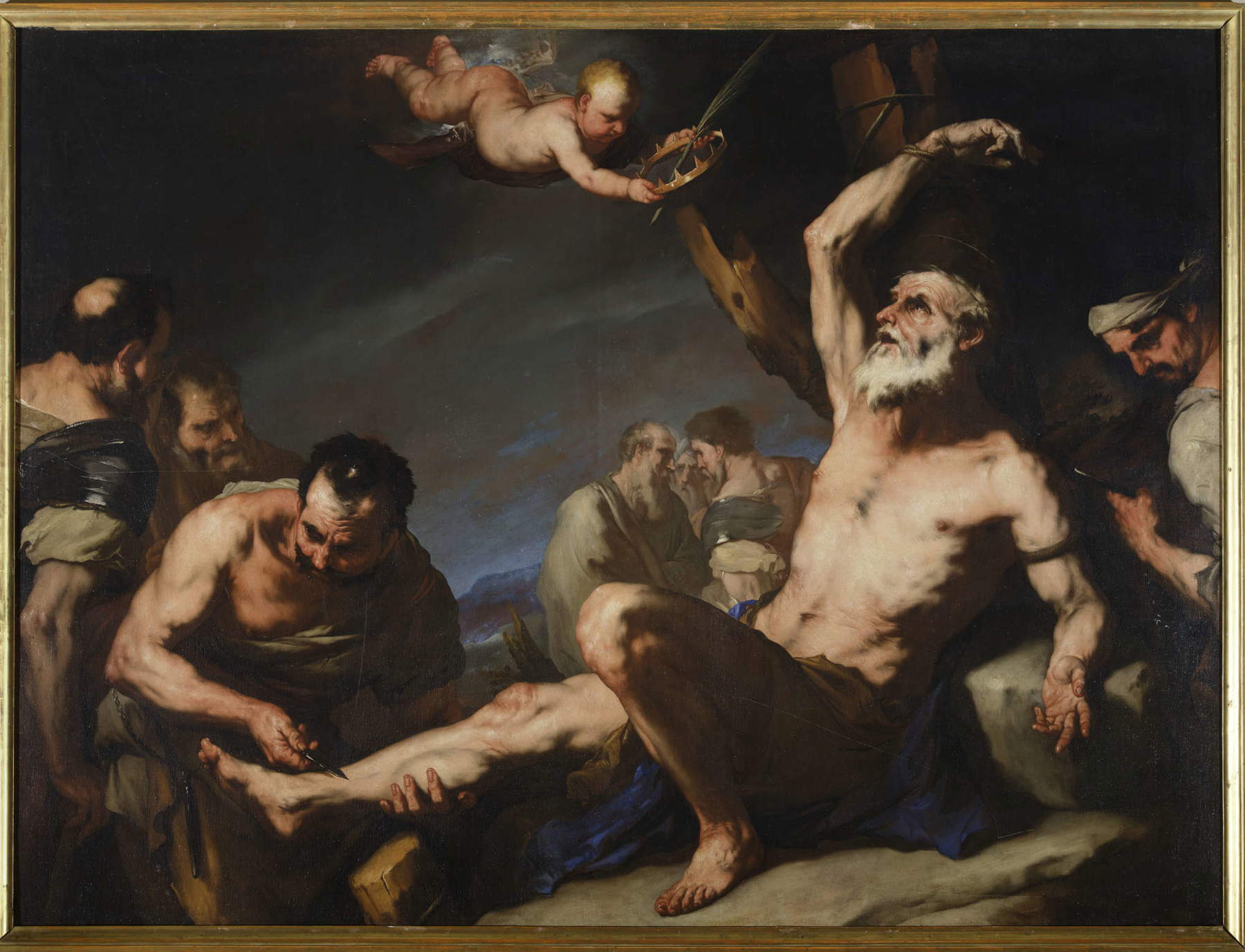
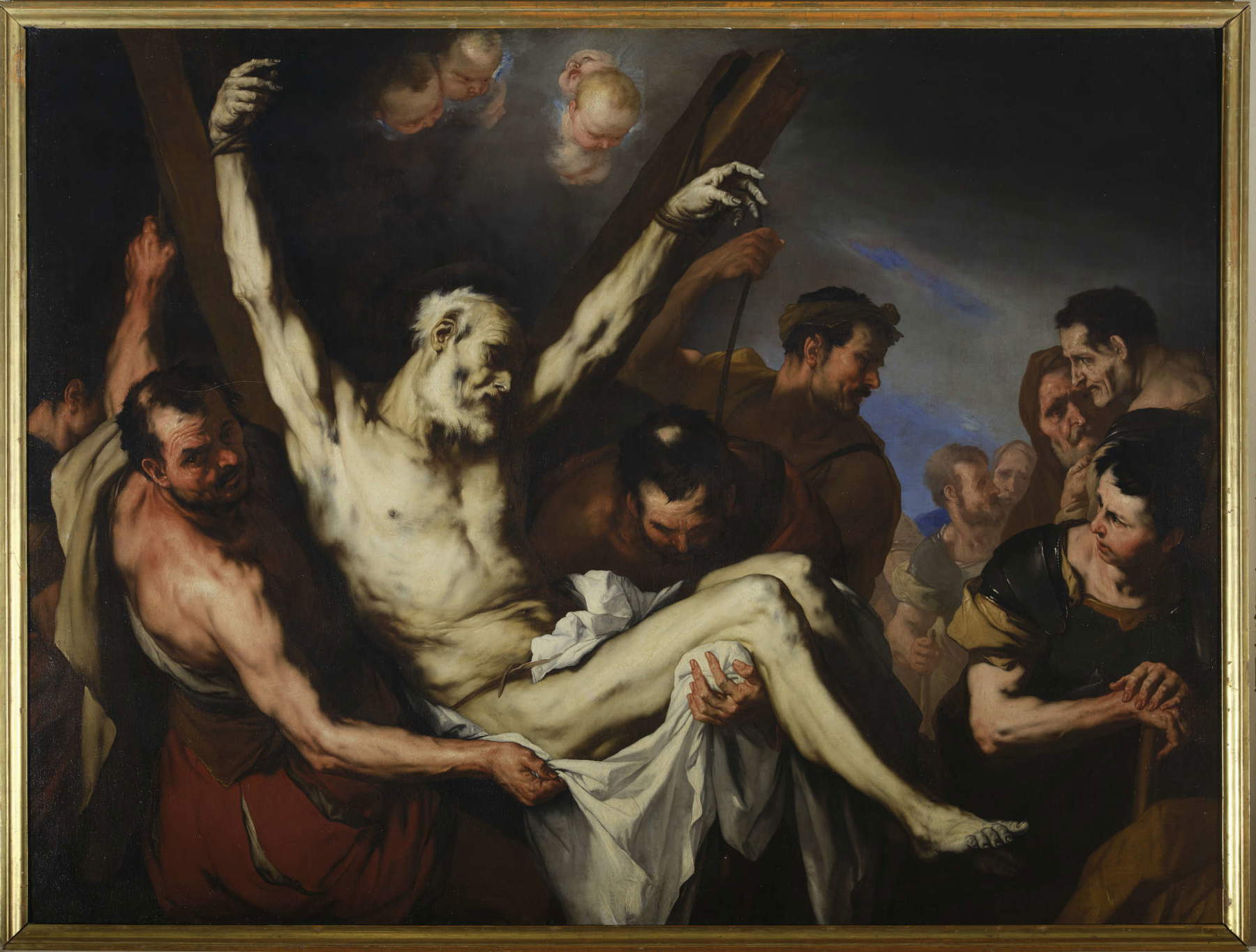
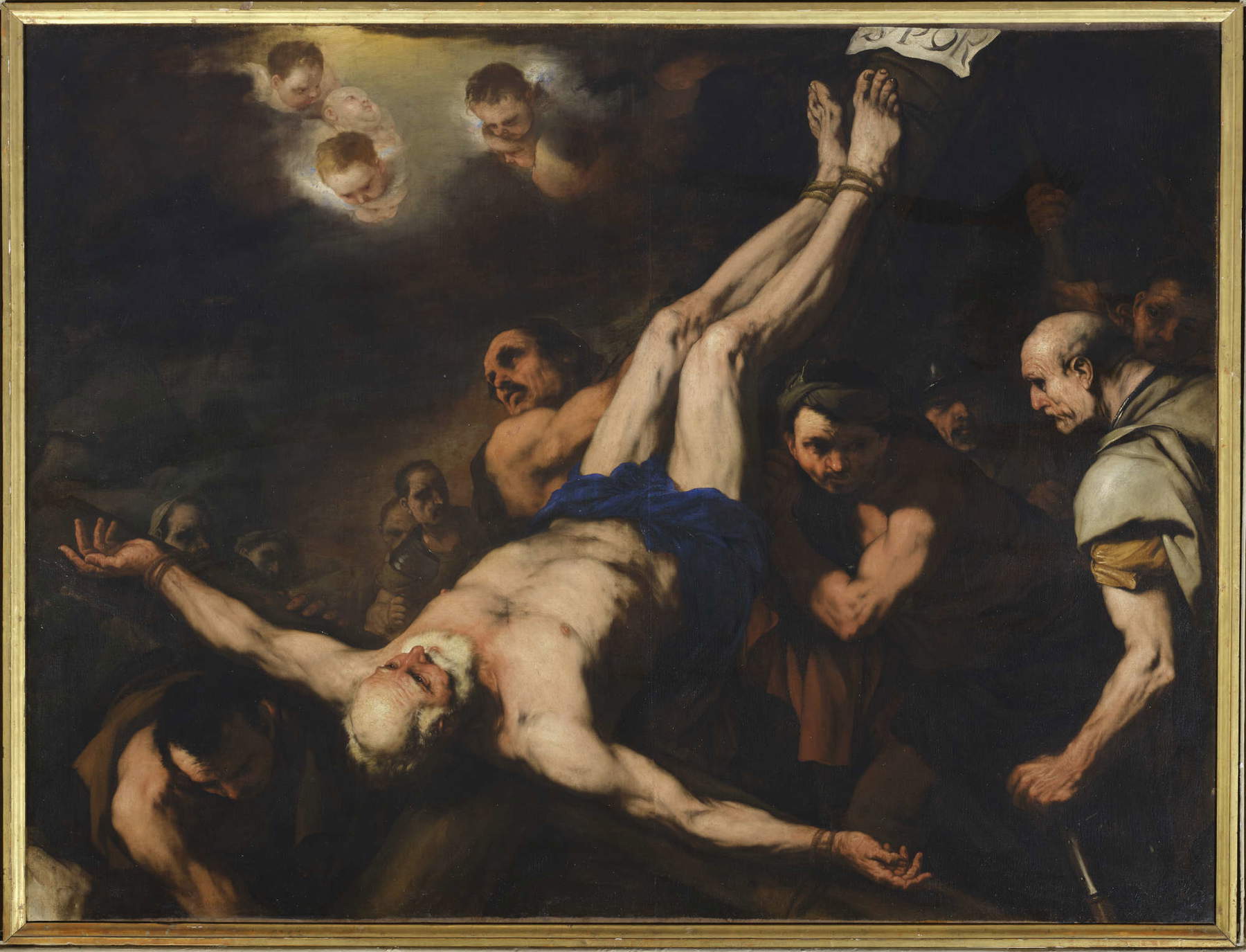
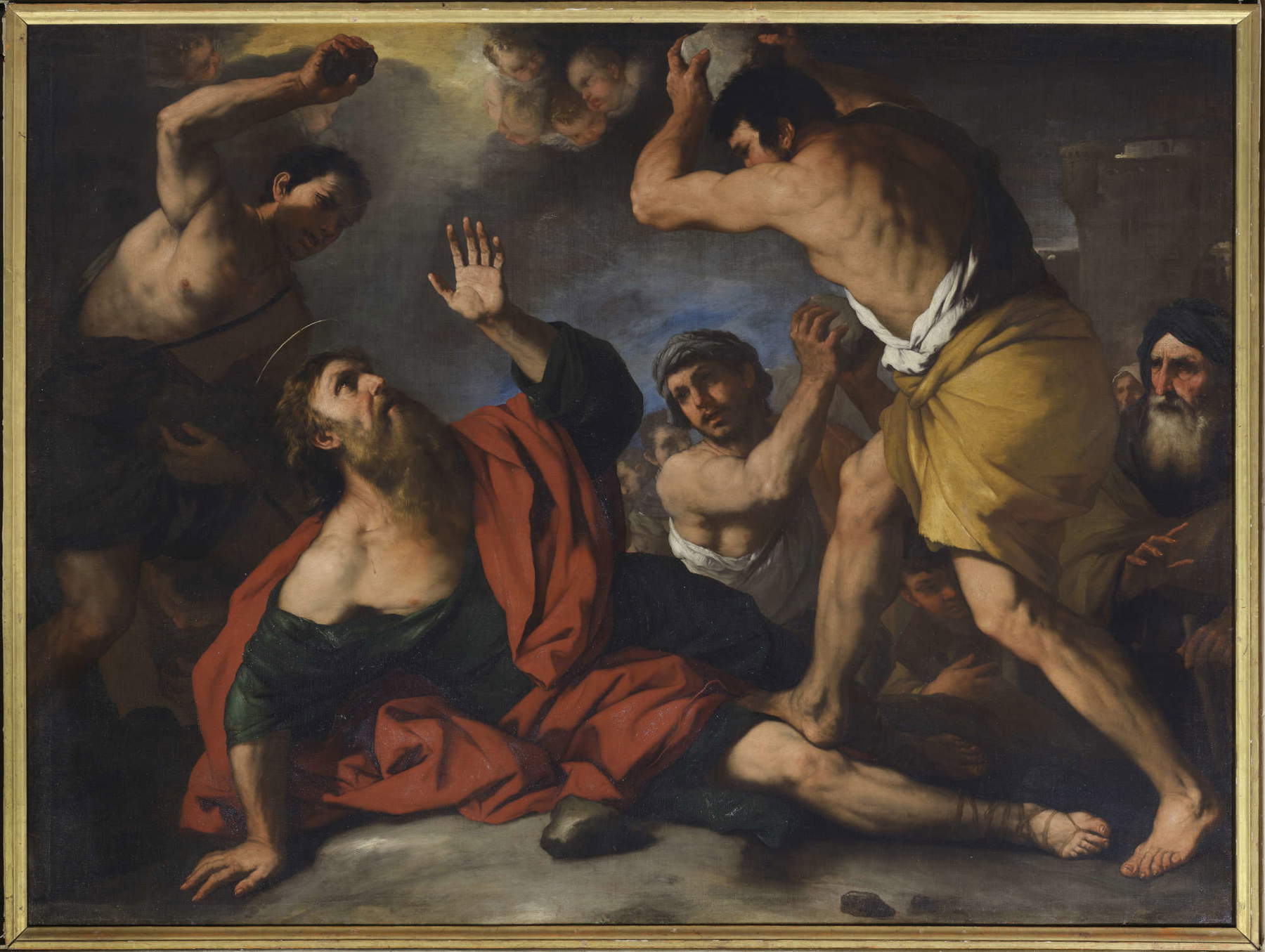
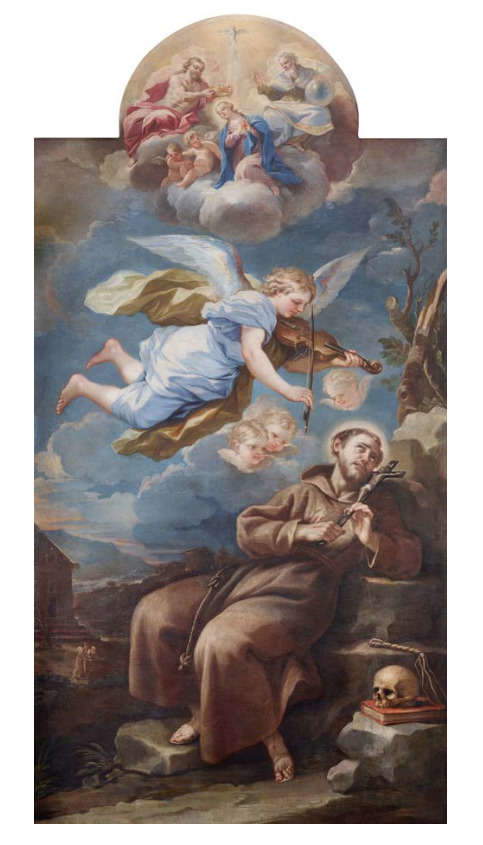
Statements
“What does Naples and Bergamo have in common? At first glance, not much. Yet in the late 17th century, Bergamo sought out the best artists in Naples to decorate the city’s most sacred places,” explains Carrara Academy director Martina Bagnoli. “This exhibition draws the contours of a little-studied episode in figurative culture, bringing to the attention of critics and the public new attributions and new documents that testify to the fruitful exchanges between the two cities. In this sense, this exhibition was also a great opportunity for restitution, also by virtue of the numerous restorations carried out to improve the legibility and conservation status of the works scattered throughout the territory. This is a very important aspect of this exhibition because it testifies to the exhibition’s rootedness not only in its collections but also in the cultural heritage of the area, and shows how the museum can be a place of research and development.”
“The exhibition,” says curator Elena Fumagalli, “proposes a look at the Neapolitan school of painting in the 17th century, taking the opportunity to rewrite the little-known chapter of the historical-artistic relations between Naples and Bergamo, which were intense in the second half of the 17th century and passed mostly through Venice, through figures of enterprising merchants. To offer a comprehensive look at the period under consideration, a series of paintings from Bergamo and the province is joined by the generous loan of 22 works from the De Vito Foundation.”
"With Naples in Bergamo," says Giorgio Gori, mayor of Bergamo and president of the Fondazione Accademia Carrara, “Accademia Carrara faces a double bet: that of bringing to light a passage that is as precious as it is little known in the history of Italian art - the encounter of our territory with the artists of the Neapolitan school of the second half of the 17th century - and that of accompanying its public along a path that is anything but predictable, and definitely full of surprises. The exhibition thus succeeds in being faithful to an exhibition tradition that has always sought a connection with the territory or with its own permanent collection, in this case thanks to the presence of important works scattered between the capital and several towns in the province, while at the same time telling a completely new and stimulating artistic story. The project, thus, is fully representative of what Accademia Carrara is today: an institution capable of enthralling visitors and, at times, surprising them, always keeping faith with its many institutional purposes.”
“The new direction given by Martina Bagnoli to the conduction of the Carrara,” emphasizes Nadia Ghisalberti, councillor for culture of the Municipality of Bergamo, “is appreciable right from the first exhibition proposal, which opens up little-explored paths. The relationship between Bergamo and Naples was barely hinted at in previous studies on the seventeenth century, dealing mainly with the presence, unusual certainly, of Luca Giordano in Santa Maria Maggiore, and then his pupil Nicola Malinconico. Instead, the newly inaugurated exhibition delves deeper into this yet-to-be-discovered history, opening unprecedented avenues of knowledge between collecting, mercantile relations, new attributions, restorations and special loans. In the tradition of the Carrara, and of the best museums, is instead the ability to study, rediscover, and never lose sight of the heritage preserved in the deposits. Once again, a painting, known in the catalog as being of a scope, school or pupil, is attributed to Luca Giordano, going on to implement the already rich catalog of the Neapolitan artist. The study and enhancement of the local heritage is also part of the DNA of the museum, which, with the aim of giving as broad a testimony as possible of the Neapolitan presence in our territory, expands to the Province, managing to obtain the extraordinary loan of the Pedrengo paintings, now visible in the rooms of the picture gallery, at a close distance otherwise impossible in the apse of a church. An opportunity to discover 17th-century Naples, and how much of its beauty is preserved in Bergamo.”
 |
| An exhibition at the Carrara Academy on the artistic relationship between Bergamo and Naples in the 17th century |
Warning: the translation into English of the original Italian article was created using automatic tools. We undertake to review all articles, but we do not guarantee the total absence of inaccuracies in the translation due to the program. You can find the original by clicking on the ITA button. If you find any mistake,please contact us.



























